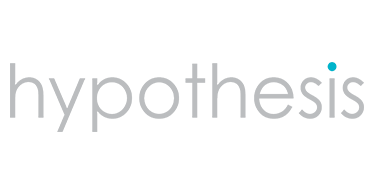3 Simple Ways a Pilot Study Can Help Improve Your Customized Brand Tracker
Greg Rice is the Chief Research Officer at Hypothesis. Contact him at grice@hypothesisgroup.com.
Even if your team has years of tracking experience, it’s nearly impossible to get a custom brand tracker perfect out of the gate. Every brand’s strategic goals are different and category landscapes are dynamic. A good tracker should be highly customized to reflect this. But if your custom survey gets any question or approach wrong during that first benchmark, it leaves you having to fix these issues during later waves. Fixing questions on-the-fly (pun intended) can kill your trendability, and opens up more opportunities for error down the line.
This is where the pilot approach comes in. At Hypothesis, we recommend expanding your benchmark with a longer pilot survey and a larger sample size. This gives you flexibility to test approaches that you are unsure about during your first benchmark wave. With more questionnaire real estate and sample, you can solve for potential problems before they ever become issues. Such as...
1. Tricky questionnaire wording. If you are unsure about the wording of a particular question, ask it two ways (either in a randomized order or by splitting your sample into A & B cells). This lets you examine the results of each version, keeping the most useful one for future waves.
2. A never-ending battery of attributes. If your stakeholders want to ask an extensive list of attributes, you can ask them all in a pilot by leveraging the longer survey length. On the back-end, correlation and factor analyses can eliminate redundant attributes, so future attribute batteries can be short and tight.
3. Uncertainty about your recruit criteria. If you are worried about crafting a survey recruit to be the right balance between relevance and size, recruit a broader audience in your pilot. But also add in more strict screening questions that you can use later. This allows you to run what-if scenarios of various recruit criteria, allowing you to form a focused, representative recruit without being too restrictive (or too expensive).
These are just some of the advantages of running a pilot. No matter how you use it, it will set your tracker up to be tighter and more relevant moving forward. If you want to learn more, let us know how we can help. (Warning: We are not actually licensed pilots.)

